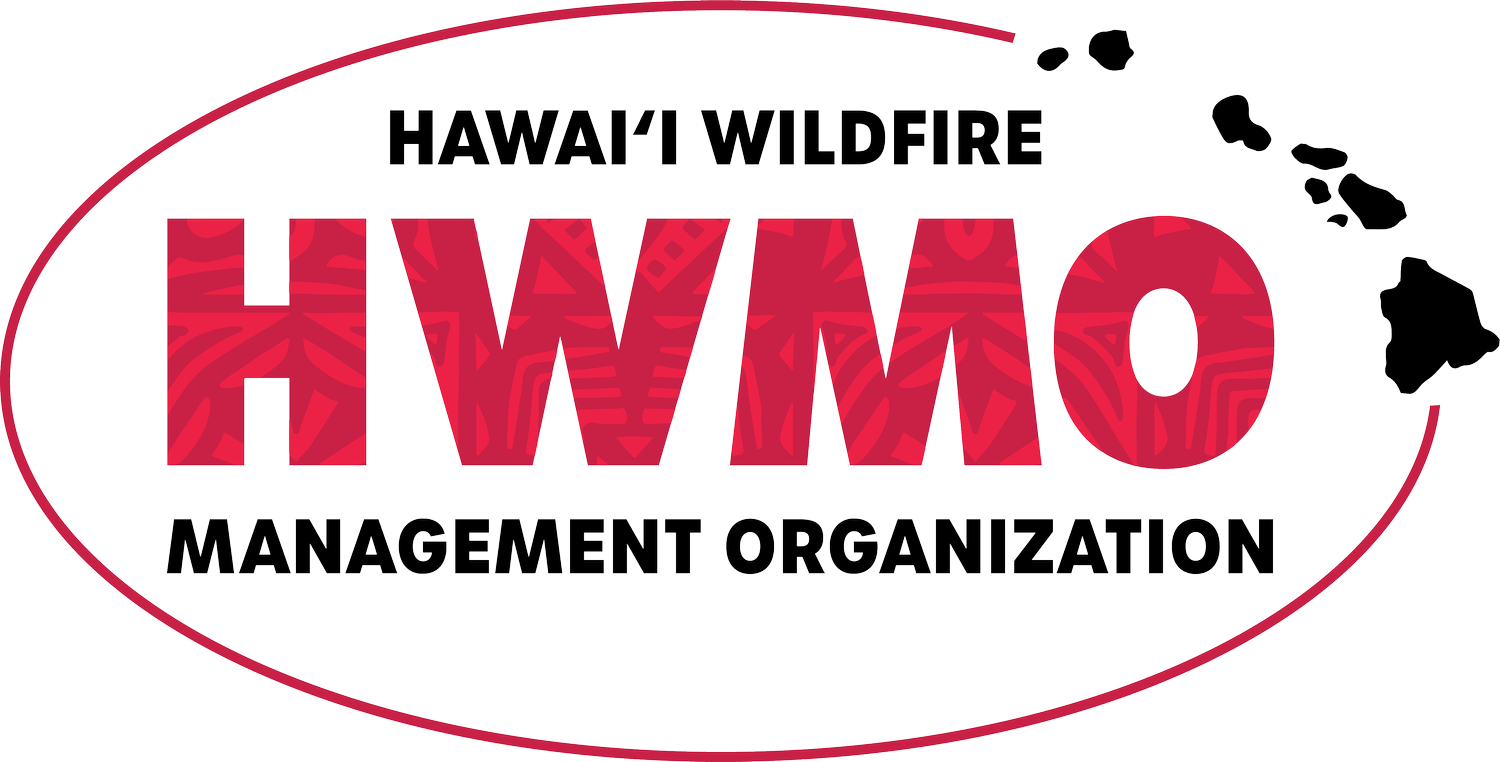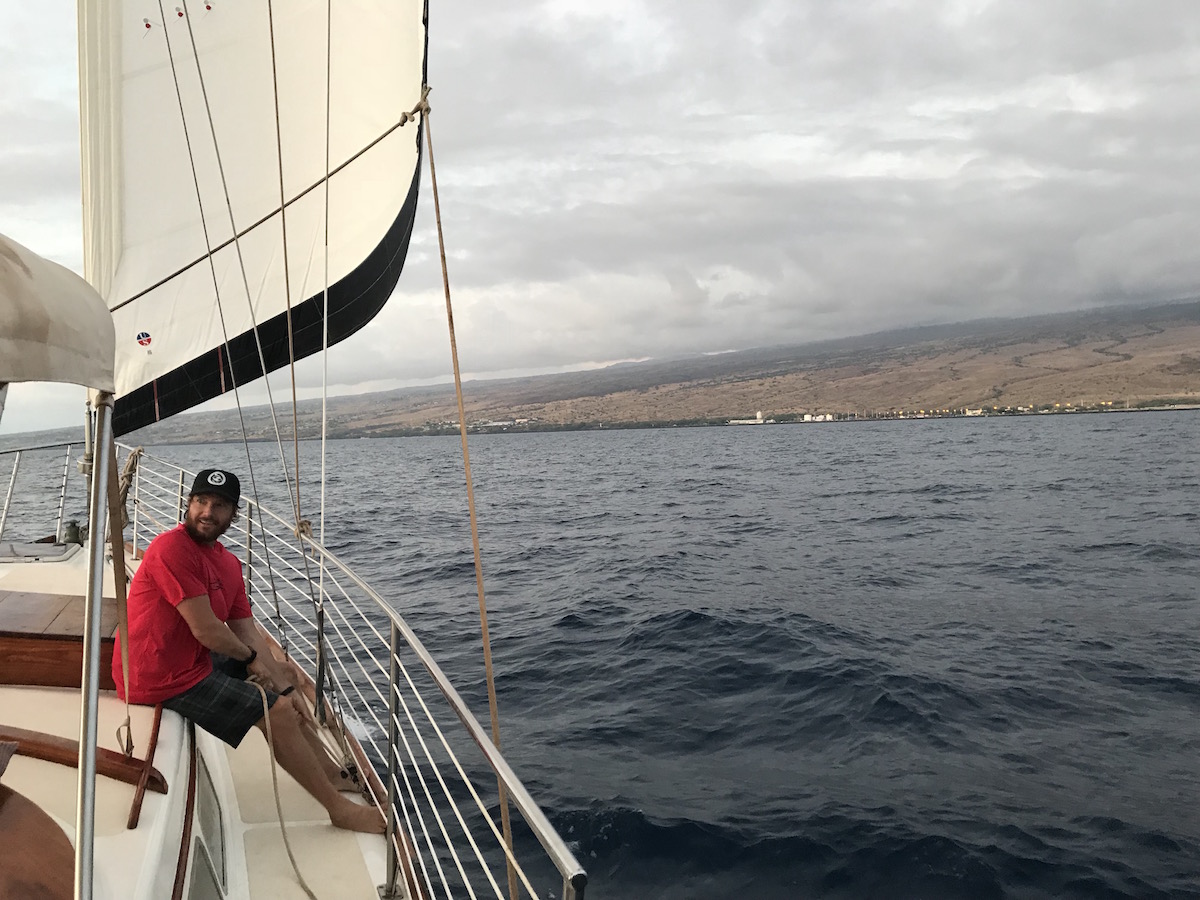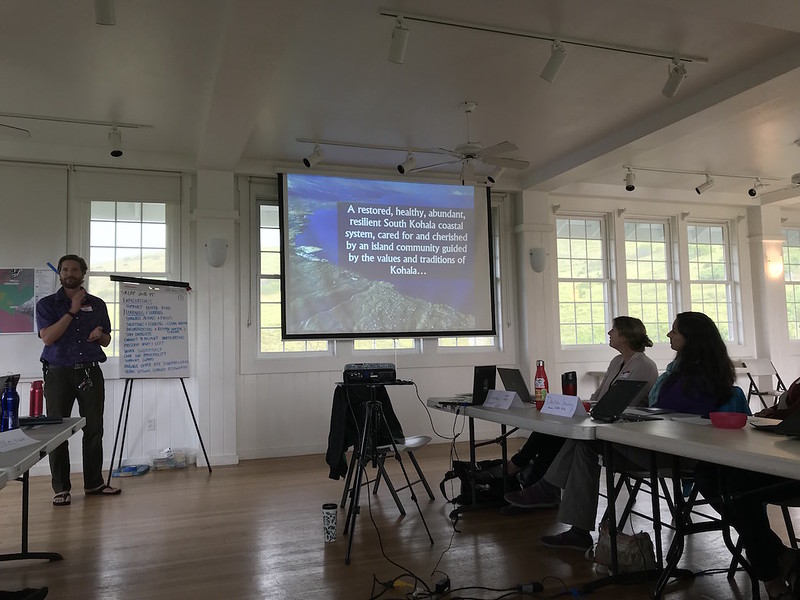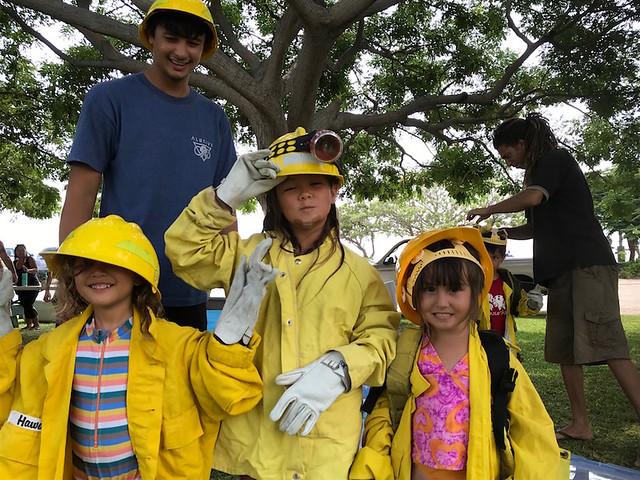On October 12, HWMO staff members Elizabeth Pickett, Melissa Kunz, and Orlando Smith set-up a wildfire prevention activities table at Na Kilo Aina in Honokoa. Various other community organizations, agencies, and businesses joined in on the fun by hosting groups of keiki to learn about stewardship of the aina.
“Na Kilo Aina practices place-base awareness that emphasizes pilina or relationships. This encompasses the holist interactions of our communities with our environment speaking to the wealth of our lands and waters as well as the wealth of our families and community members. In building and strengthening a community of observers we remember who we are through listening to our aina and activating all senses of kilo working towards Aina Momona: productive and thriving communities.” - Honokoa (Kailapa Community Association)
The event was hosted by Honokoa, a Firewise Community in Kawaihae. For the 5th year in a row, they held the camp which brought in dozens of bright-eyed participants. At HWMO’s table, keiki visited to learn about wildfire prevention measures they could take with their families. They also got to dress in real wildland fire gear to experience what it would be like to be a wildland firefighter. Keiki drew creative wildfire prevention signs, as well.
Since 2016, the community has been a certified Firewise Community with the help of HWMO. They have done an amazing job creating a culture of fire awareness in the community and have even taken large steps towards greater overall hazard resilience. For example, they are in the final stages of completing a large pavilion that can serve as an evacuation shelter during emergencies.
Thank you Kailapa Community Association for inviting us to the camp and for all of your efforts this year in reducing wildfire risk!


























